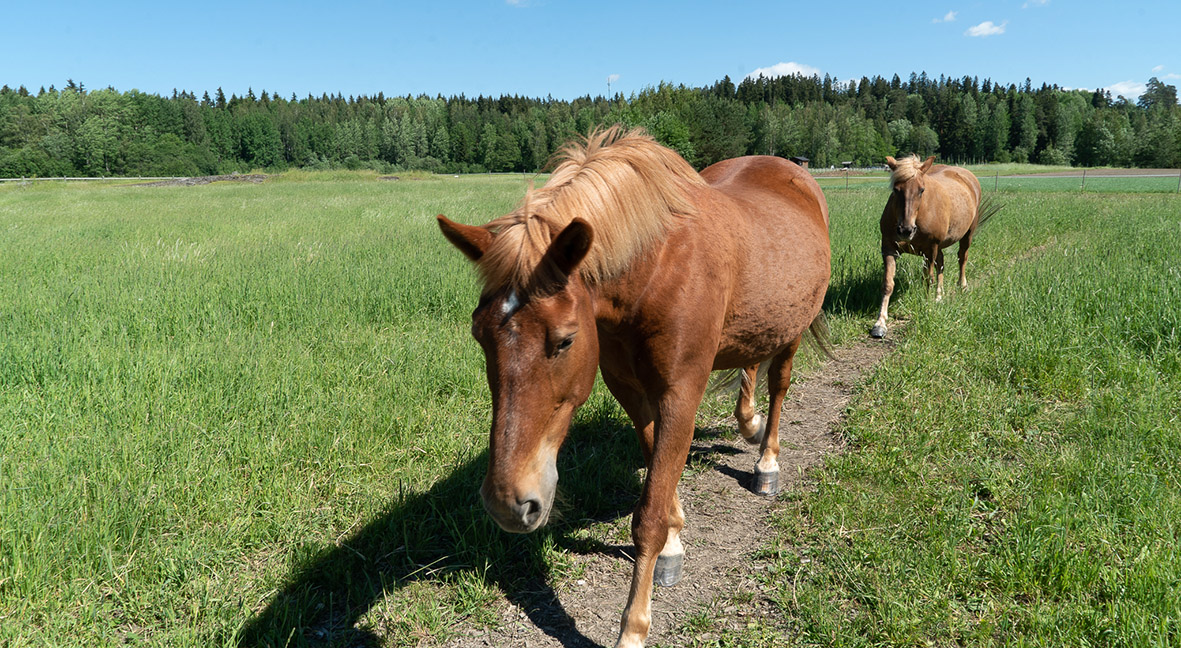
PROJECTS
To participate in and lead different projects is an important part of NordGen’s operations. In close collaboration with public institutions, private companies and other organizations, the overall purpose of all projects is to conserve and promote the sustainable use of genetic resources for Nordic food and agriculture. The funding for the projects is granted by the European Union, the Nordic Council of Ministers, directly from the Nordic countries through its government bodies or from public and private foundations and other organizations. Below is a summary of some of our more high-profile projects that were active in 2023.
See, Sow and Taste
Where does our food come from? How is it cultivated and which plants can thrive here in our cold climate? In the project “See, Sow and Taste” children and young people can learn more about these important issues through hands-on exercises. The project, which is financed by the Nordic Council of Ministers, is a pedagogic and cultural pilot project lead by NordGen in collaboration with other Nordic institutions and local actors in Lithuania.
The project started in 2023 with a collaboration with The Botanic Garden and The Nordic House in Reykjavík. During the spring, NordGen developed education material that was distributed along with seeds and cultivation material to pre-schools, schools and after-school clubs in Reykjavík. The education material consists of instructions and background material to four different cultivation experiments that can be performed using seeds provided by NordGen. About 1 000 Icelandic children participated in the project during the first year. In September 2023, NordGen also took part in "Fundur fólksins", the Icelandic Democracy Festival and held project workshops for children of different ages. During 2024, the project will expand to the Faroe Islands and Lithuania.
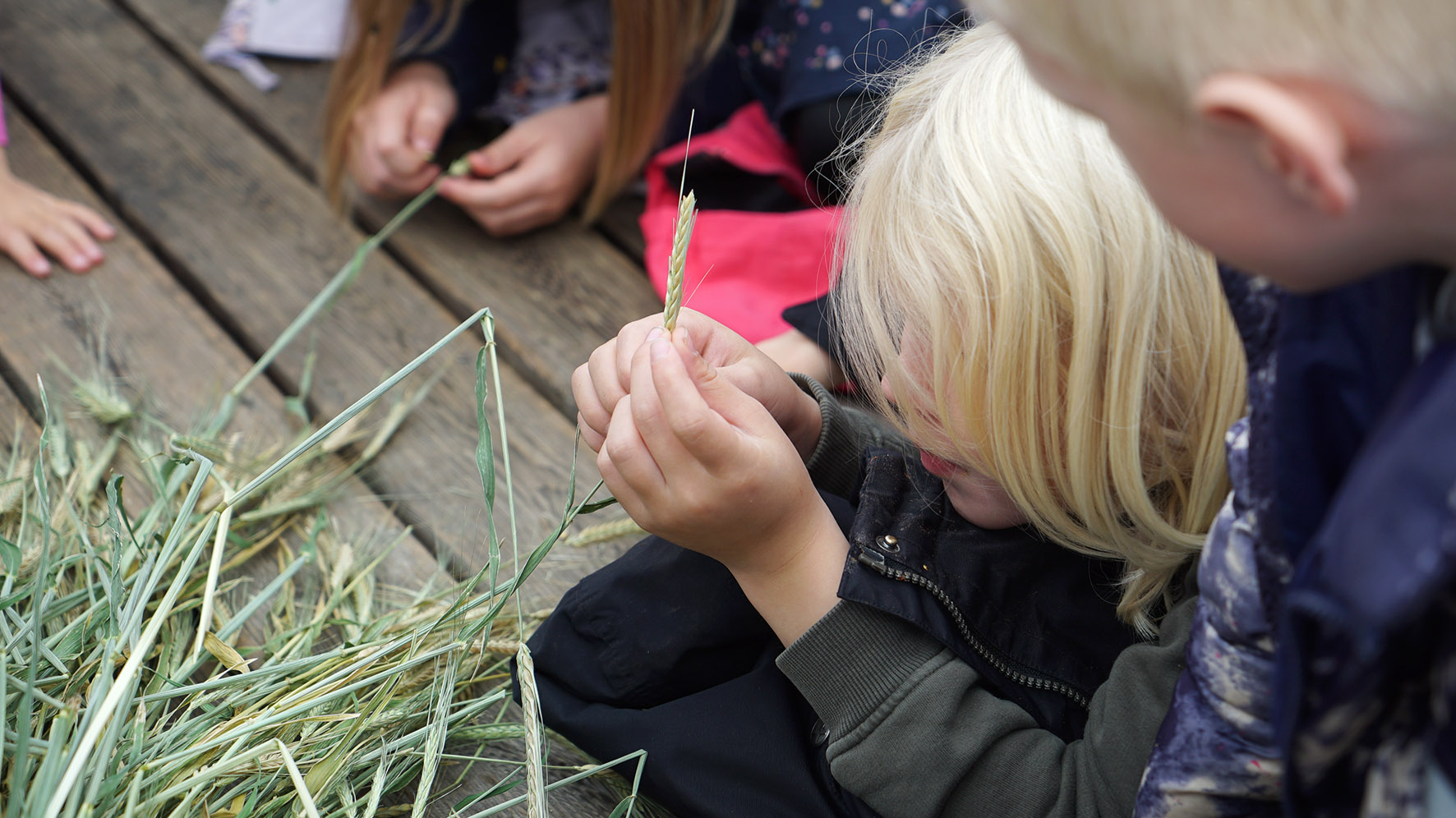
Crop Wild Relatives
Crop Wild Relatives (CWR) are wild plant species that are closely related to crops. They are of great importance since traits in these wild species can be transferred to crops by traditional plant breeding approaches. In many cases, wild species have traits that are not present in modern crops, for example pest and disease resistance, tolerance to drought, waterlogging or heat stress. Such traits are very important when adapting crops to future climate conditions and diseases and are therefore central for climate change adaptation and future food security.
The Nordic network on CWR was initiated in 2015 with the long-term aim to promote a well-functioning, climate- and environmentally friendly Nordic agriculture by strengthening CWR conservation and facilitating use of CWR. The third phase of the project was initiated in 2020 with funding from NKJ (The Nordic Joint Committee for Agricultural and Food Research). Funding was granted from the Nordic Committee of Senior Officials for the Environment and Climate in December, which made it possible to expand the Nordic work on CWR during 2021-2024, and in 2023, NordGen’s CWR working group was granted additional internal funding for seed collection.
During 2023, several project activities were carried out with the goal to strengthen in situ and ex situ conservation of CWR and facilitate sustainable use. Inventories of CWR were conducted in Denmark, in areas of the nature national parks in Husby and Stråsø, a research area in Mols, and privately owned land in Kattrup. On Åland, an inventory has been carried out in 44 inventory squares within the Nåtö-Jungfruskär nature reserve. Seeds of CWR were collected in several locations in Denmark, Finland, Iceland, Norway, Sweden, and Åland. To better understand the impact of climate change on Nordic CWR, climate modelling was used to evaluate future geographic distributions under different climate scenarios. The distribution of genetic diversity was studied in selected CWR across the Nordic region using molecular markers.
In addition, several approaches were used to communicate about CWR and project outputs. The outdoor exhibitions continued in Denmark, Finland, Iceland, and Norway. Plant portraits and short films were also published on the Nordic CWR webpage. The inventory reports from Oulanka och Nuuksio national parks and Abisko-Torneträsk were made publicly available, two scientific papers on CWR were published, “Limited genetic changes observed during in situ and ex situ conservation in Nordic populations of red clover (Trifolium pratense)” and “Complementary Analysis and Implementation Plan for Conservation of Crop Wild Relatives in Finland” and a popular science article “Sukulaiset avuksi”. In November, a stakeholder workshop was organized in Helsinki to increase and share knowledge about CWR. About 40 persons participated in the meeting that was held at the Ministry of Agriculture and Forestry of Finland.
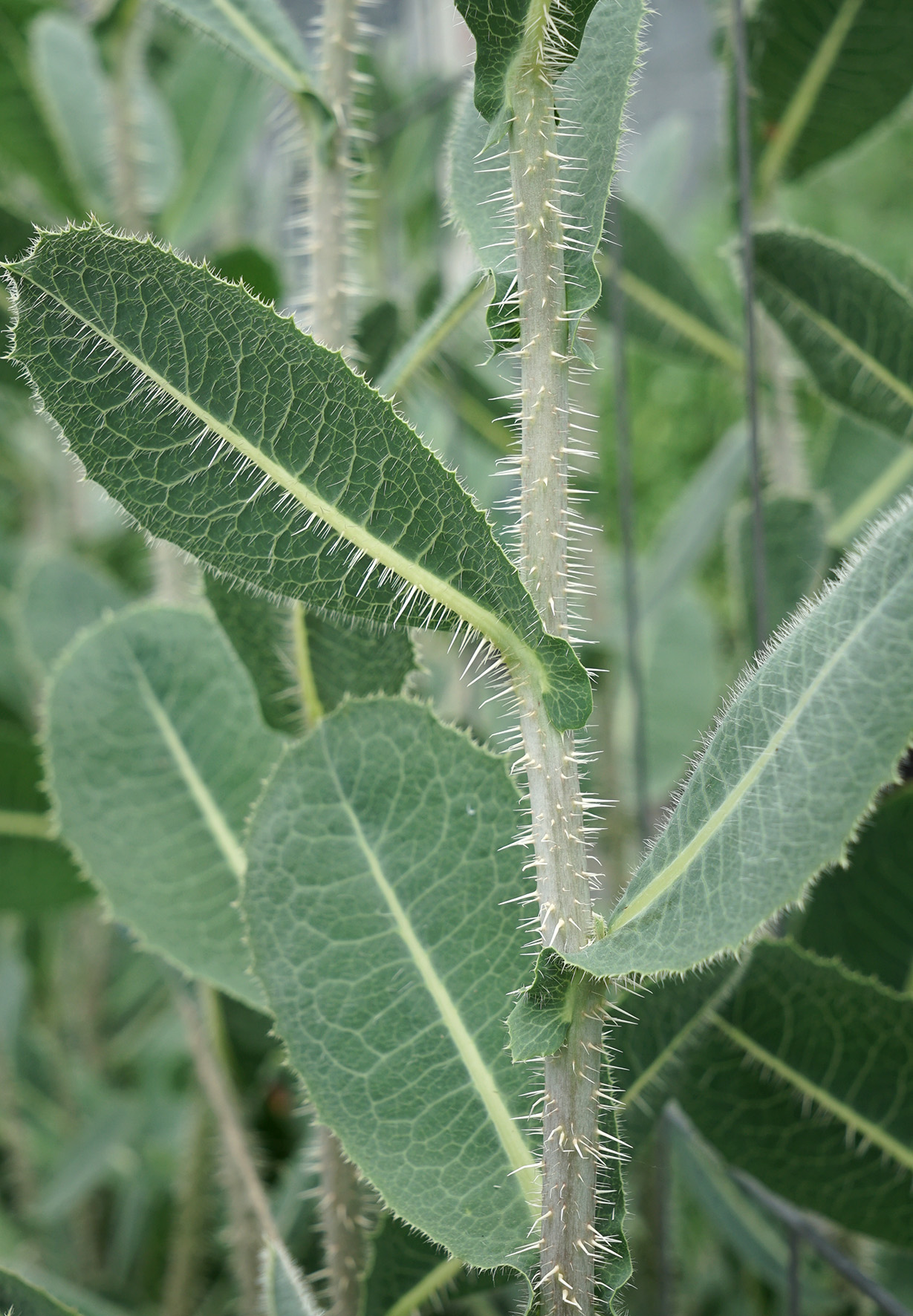
Prickly lettuce (Lactuca serriola) is a Nordic CWR that is related to cultivated sallat.
NordFrost
In case of extreme events, entire animal populations can be wiped out, since farm animal and fish genetic resources are most often small and locally adapted populations. The native breeds show large adaptation potential and may become crucial for increased resilience of Nordic agriculture. Within the NordFrost project, stakeholders will develop a regional action plan for Nordic cryopreservation activities. It will develop common cryopreservation procedures by describing the existing best practices but also mapping weaknesses. In the long term, these guidelines will help increase the resilience of Nordic agriculture.
According to the submitted proposal, “The main objective of the NordForst network is to develop a regional action plan for the Nordic ex-situ in -vitro conservation programmes that will serve as a new tool to increase resilience of agriculture in the Nordic region”. In these programmes cryoconservation of farm animal genetic resources is a crucial tool for the success in management and conservation of genetic diversity in small native farm animal populations. Subsequently, NordFrost project has created roadmap aiming at Nordic back-up ex situ gene banks for the native farm animal breeds. Related to that, in 2023 NordFrost project focused on the following topics:
- A workshop titled "Conservation of Animal Genetic Resources: Towards Conserving Nordic Livestock Biodiversity" was held at NMBU in Ås, Norway, on April 18-19, 2023. This workshop featured 15 invited speakers from 10 different countries and attracted 37 participants from 12 countries. During the event, stakeholders wished to strengthen collaboration in gene banking efforts.
- Furthermore, NordFrost organized a practical workshop on April 20, 2023, at NMBU in Ås, Norway. Guided by NordGen, this session concentrated on the collection and cryopreservation of epididymal sperm using a bull for demonstration purposes. This initial workshop welcomed participants from four Nordic countries.
- Additionally, NordFrost’s proposed solution for the development of genebank activities. It led to concrete modifications in gene banking regulations in Finland, facilitating safer and more efficient gene banking practices.
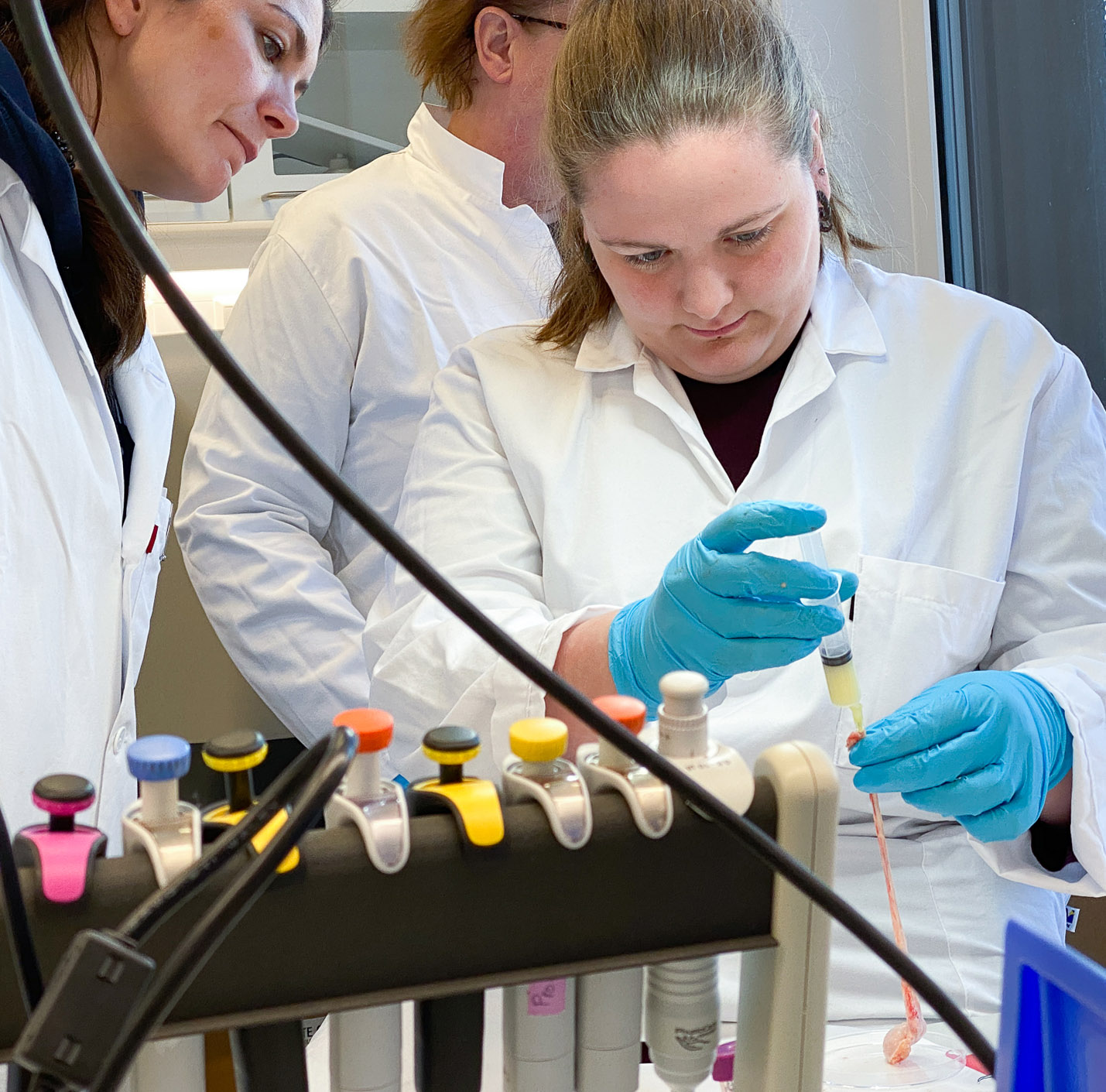
Mapping of Nordic Protein Crops
During 2023, the project "Next generation genebanking – Unlocking the potential of plant genetic resources in the sequencing era" was granted by Novo Nordisk Foundation. In this collaborative project, NordGen and Aarhus University will map the Nordic seed collection of protein crops. The project will lead to a substantial lift for the genebank collection since researchers and plant breeders will get access to brand new information about NordGen’s seeds – information which is vital for developing future plant-based protein sources.
The project focuses on 4500 protein crop accessions from the Nordic seed collection, such as peas, beans, lentils, and clover, that will be genotyped and phenotyped. Further, a number of so called core collection will be established. Core collections are a smaller number of seed samples that can represent a large part of the genetic diversity for each species. The project partners will create an entirely new genebank infrastructure enabling researchers to easier and faster find the genes that code for certain traits in the plant. The project, which will run from 2024-2026, also involves sharing all the gathered information under open access.
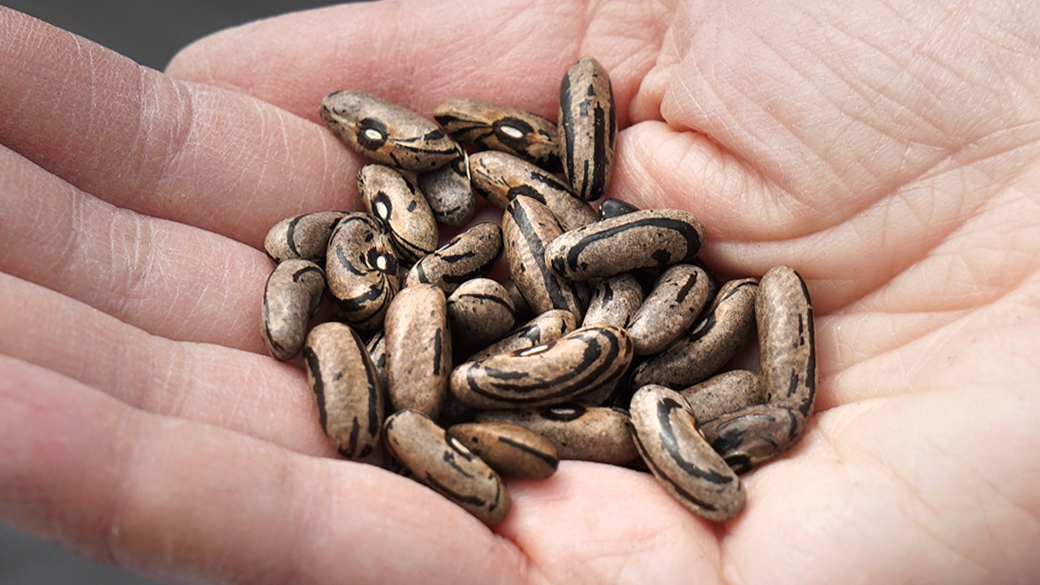
NaNo Horse
"Genomic Characterization as a Tool Towards Sustainable Breeding of the native Nordic Horse Breeds" (NaNo horse) aims to fill in knowledge gaps by characterizing the standing genetic diversity and relatedness within breeds, and unique variation between the breeds. This information can be utilized by breed associations to make well informed conservation and breeding plans.
The aim of the project is to characterize genomic diversity and inbreeding, within and between Nordic native horse breeds. There are broad knowledge gaps regarding our native breeds, and the true status of their genetic diversity and relatedness. This is an essential first step in describing standing genetic variation within breeds to be preserved, and unique variation between breeds. It can further provide knowledge about genomic regions with unique characteristics and diversity.
This information can be utilized by breed associations to make well informed conservation and breeding plans.
During 2023, the project advanced according to the research plan: the DNA samples were sequenced, and the preliminary bioinformatic analysis was performed. Concurrently, a master's student from the University of Copenhagen explored the genetic relationships between Faroese horses and other horse breeds from the Northen Atlantic region, also examining to genomic diversity and inbreeding of Faroese horses. The project will be running from 2022-2024.
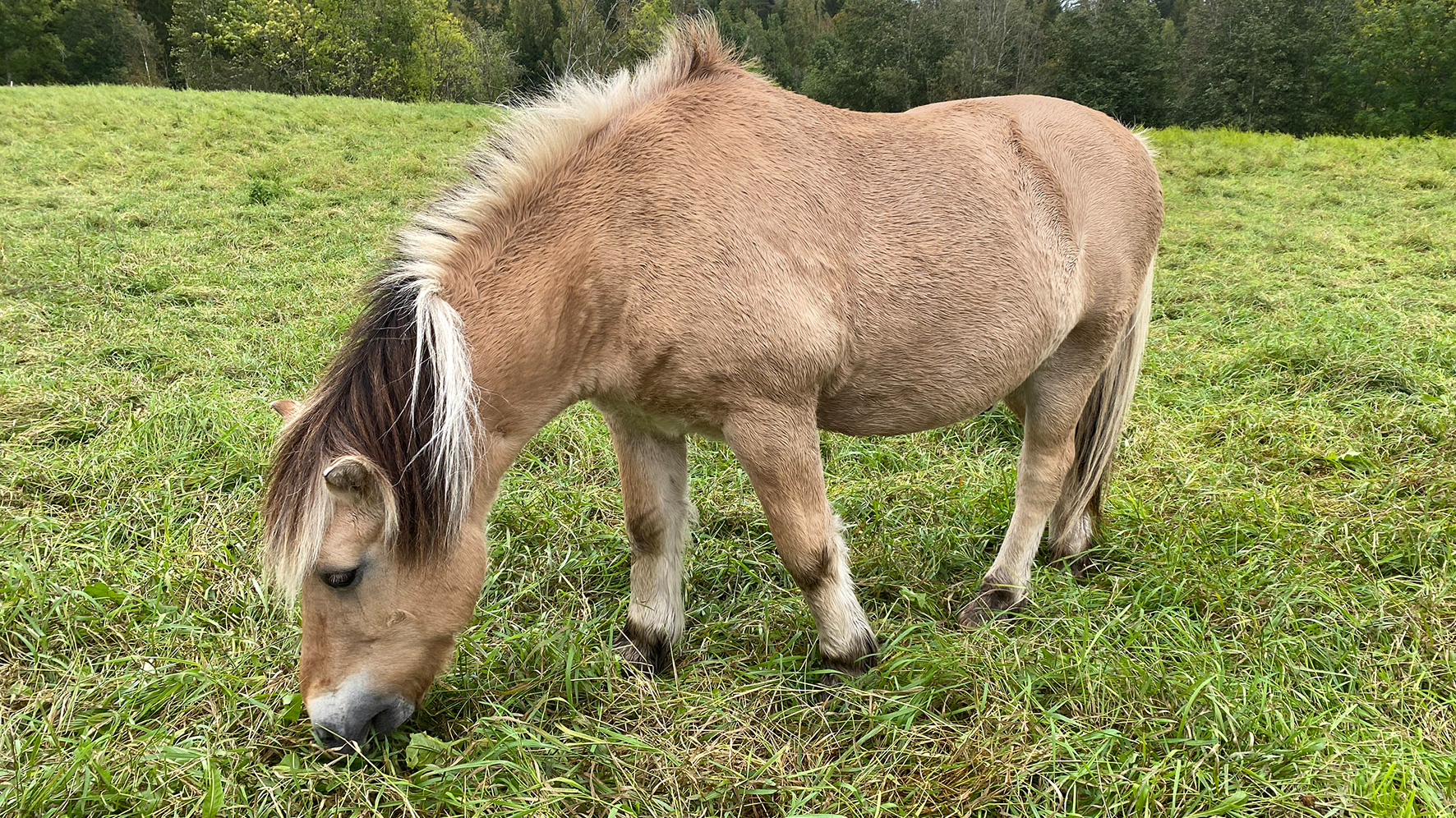
Nordic Oat Collaboration
In 2022, 764 different accessions (seed samples) of oats from NordGen were sown in the field, among other things to study the plants’ cultivation traits. During the year, a project was developed to genotype all the accessions (i.e. genetic characteristics of the plant individual investigated through DNA analyses). NordGen, Oatly, Lantmännen and ScanOats share equally the costs of the DNA analyzes which are being conducted by bioinformaticians at ScanOats.
NordGen and Oatly have also carried out characterization based on phenotype (physical characteristics such as straw height, grain color, panicle shape and tendency for shattering). The effort required many hours of work in the field, a job that demonstrated the genetic diversity among the 800 oat varieties.
The new data will result in much more knowledge about the collection and provide information on the genetic relationship between all the samples. Because of this, it will be easier for researchers and plant breeders to be able to choose exactly the varieties they have a use for in the future. A better described genebank collection thus becomes more useful for those actors who are interested in developing new oat varieties that are more nutritious, more profitable or better adapted to a changing climate.
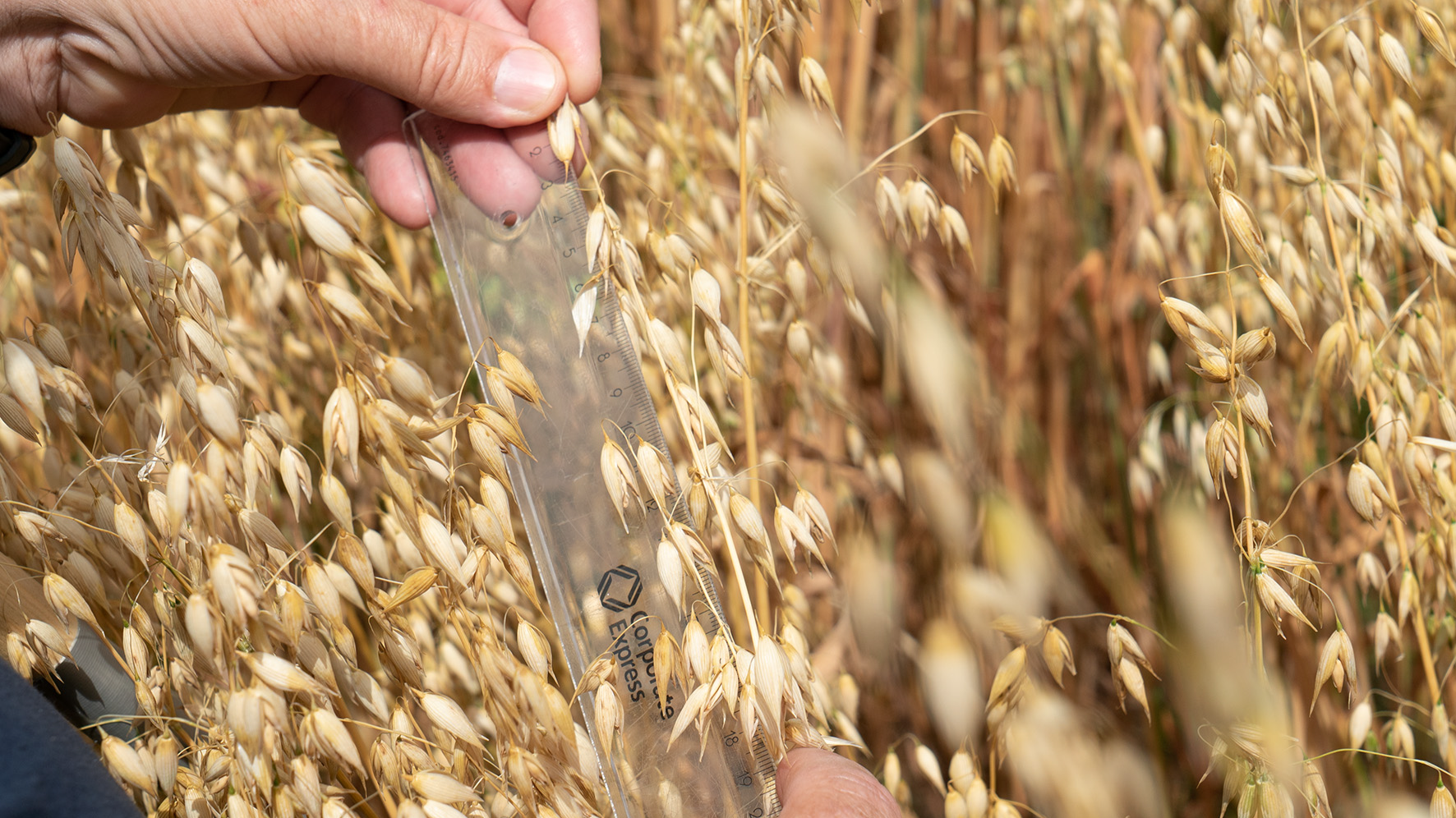
Securing and Developing Ukraine’s Genebank
Only a few weeks after Russia’s invasion of Ukraine, it was clear that there was an imminent risk of damage to the national genebank’s seed collection located in Charkiv. Along with other European institutions and support from the Novo Nordisk Foundation, NordGen coordinated emergency support to genebank already in the spring of 2022. After the initial phase, a major project coordinated by the United Nation’s Food and Agriculture Organization (FAO) helped the Ukrainian genebank to duplicate and move about the seed collection, from Kharkiv to the west of Ukraine.
In the end of 2023, NordGen welcomed a group of Ukrainian genebank colleagues to the headoffice in Alnarp, Sweden, to attend training sessions in data management systems and seed laboratory work. This visit is part of a long-term plan for securing and developing Ukraine’s genebank and its invaluable seed collection. In Alnarp, the Ukrainians, for example, received intensive training in GRIN Global, the data system NordGen and many other genebanks are using to store information about their seed collections. Another part of the longterm plan is to send a second backup of the seeds to Svalbard Global Seed Vault.
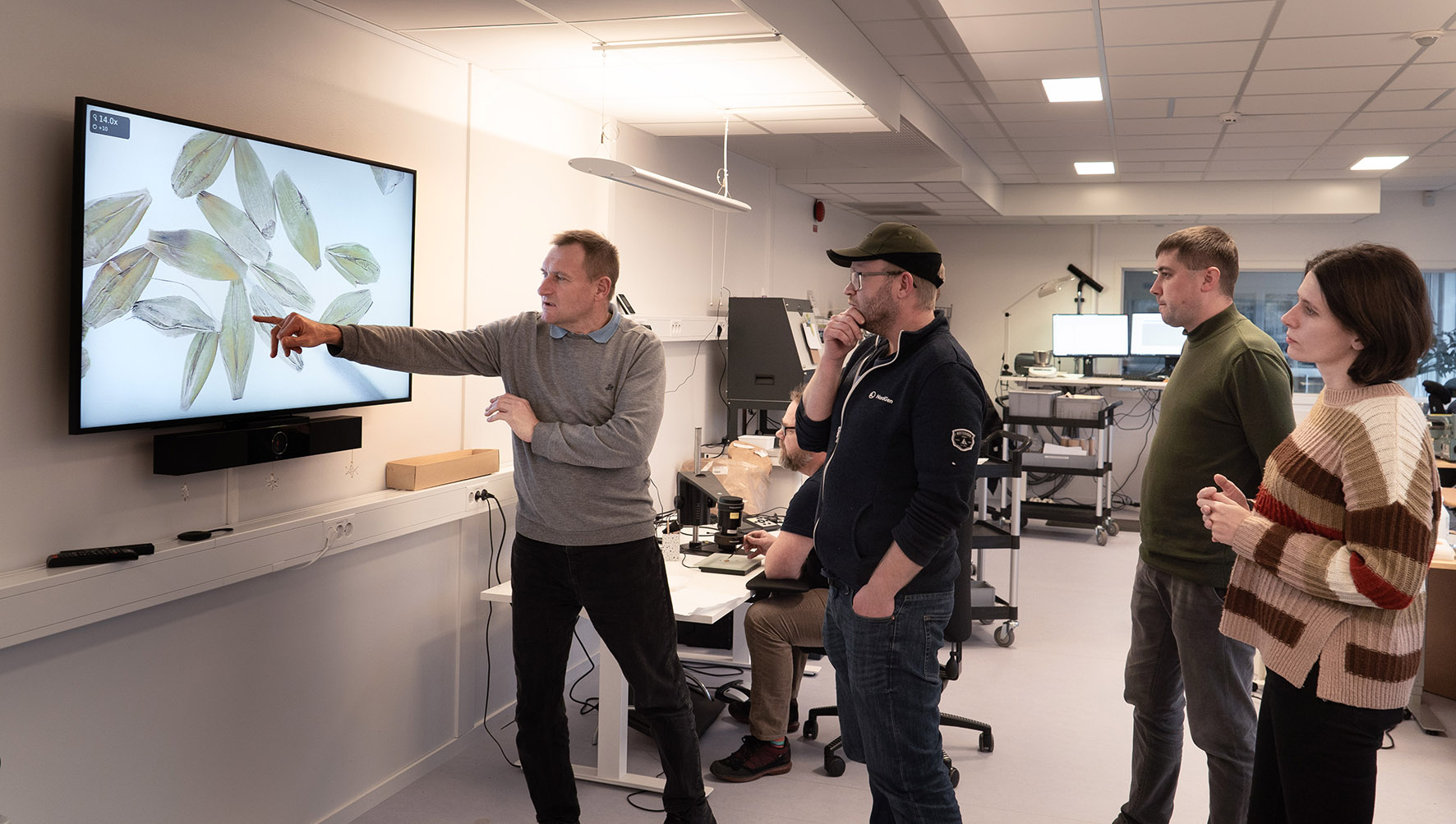
PRO–GRACE
Europe has more than 2 million plant genetic accessions conserved ex situ in 410 institutes and associated countries. Even more diversity is found in situ in European farmlands and wild habitats, where it contributes significantly to agricultural resilience and climate mitigation. However, the European PGR system is far from perfect. Information on genebank accessions is, at best, fragmentary, while for in situ accessions it is almost non-existent. Many genebanks and other collections lack appropriate resources, capacities, infrastructure and quality controls and in situ/on-farm activities have received short-term and fragmentary support.
As a result of these and other challenges, many genebanks are currently unable to provide to their customers (scientists, breeders, farmers) the services needed in terms of access to the breadth of PGR diversity and associated information and all European countries lack integrated in situ/on-farm activities.
The PRO-GRACE (Promoting a Plant Genetic Resource Community for Europe) project aims to fill these gaps by laying the foundations for a European Research Infrastructure dedicated to the conservation, management and study of European plant genetic resources. The project began in 2023 and in addition to NordGen, the project inludes 31 (mainly European) project partners.
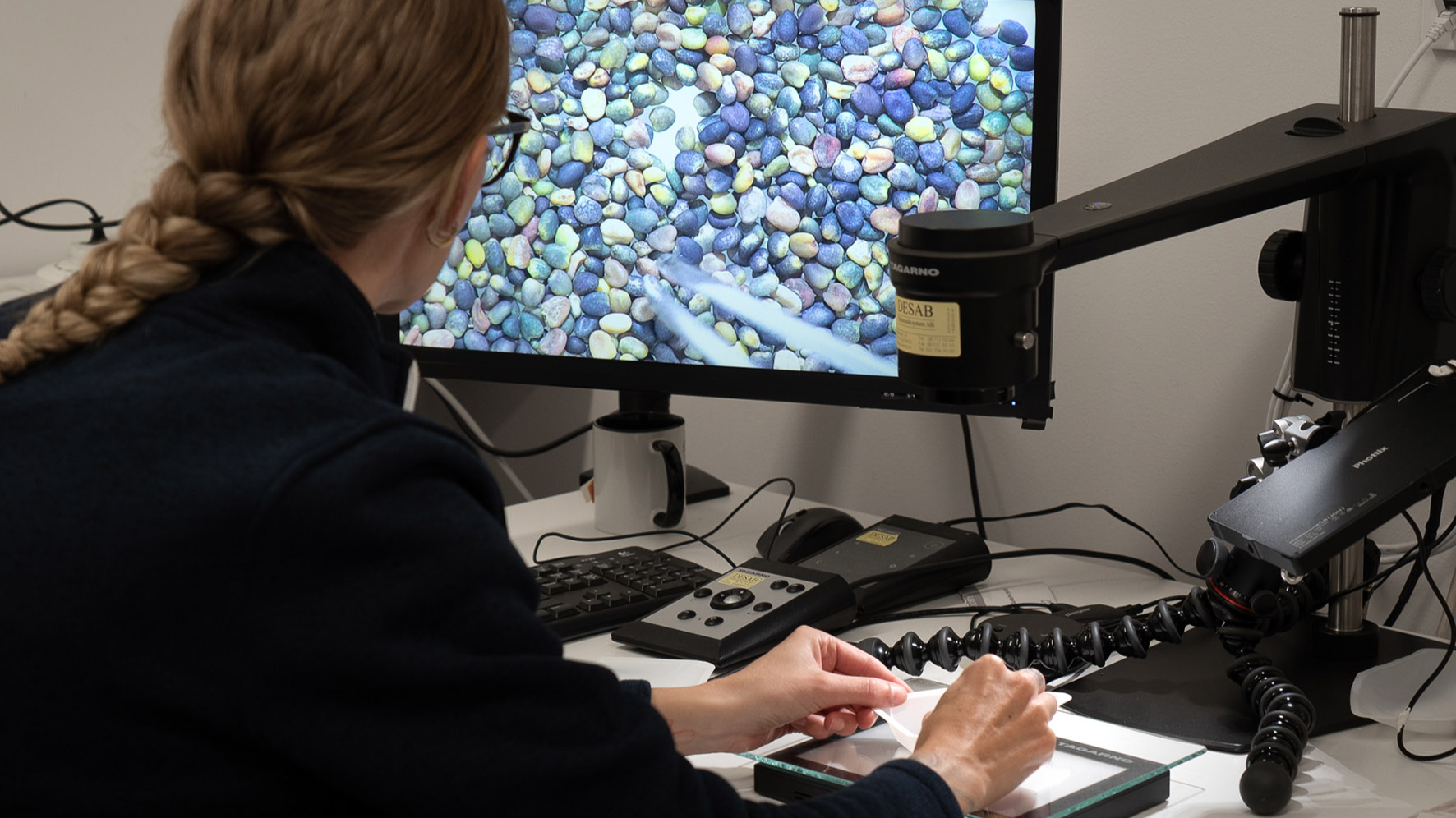
Nordic Flax Cultivation
Up to the time of industrialization, flax cultivation was common throughout the Nordic region and was an important industry. The Nordic climate is perfect for cultivation of flax and the plant can be cultivated sustainably with low input. Despite of this, flax is today only cultivated in limited amount in the Nordic region, and mostly for oil and industrial fiber for material – not for textile fibers.
However, the public interest for Nordic flax cultivation has increased and in 2023, a collaborative project on Nordic flax began that was initiated by NordGen’s working group for industrial crops. The project “Evaluation and characterization of NordGen’s Nordic flax accessions to increase knowledge and facilitate use” is led by NordGen and includes the following project partners: Skånelin, the project "1 KVM LIN" and Science Park Borås.
NordGen has 27 accessions of flax in the active core collection, but there is no evaluation and characterization data available on these accessions. In addition, the accession type (fiber or oil) is missing for most of them. Therefore, the aim of the project is to evaluate and characterize all NordGen’s active core accessions of Nordic flax (and three additional flax accessions obtained by the project partner Skånelin), determine the accession type, and in cooperation with stakeholders, find the best accessions for fiber respectivley oil production with potential to be used by the fiber-flax growers in Norden. During 2023, the 30 accessions were cultivated for characterization. The project will continue and expand in 2024.
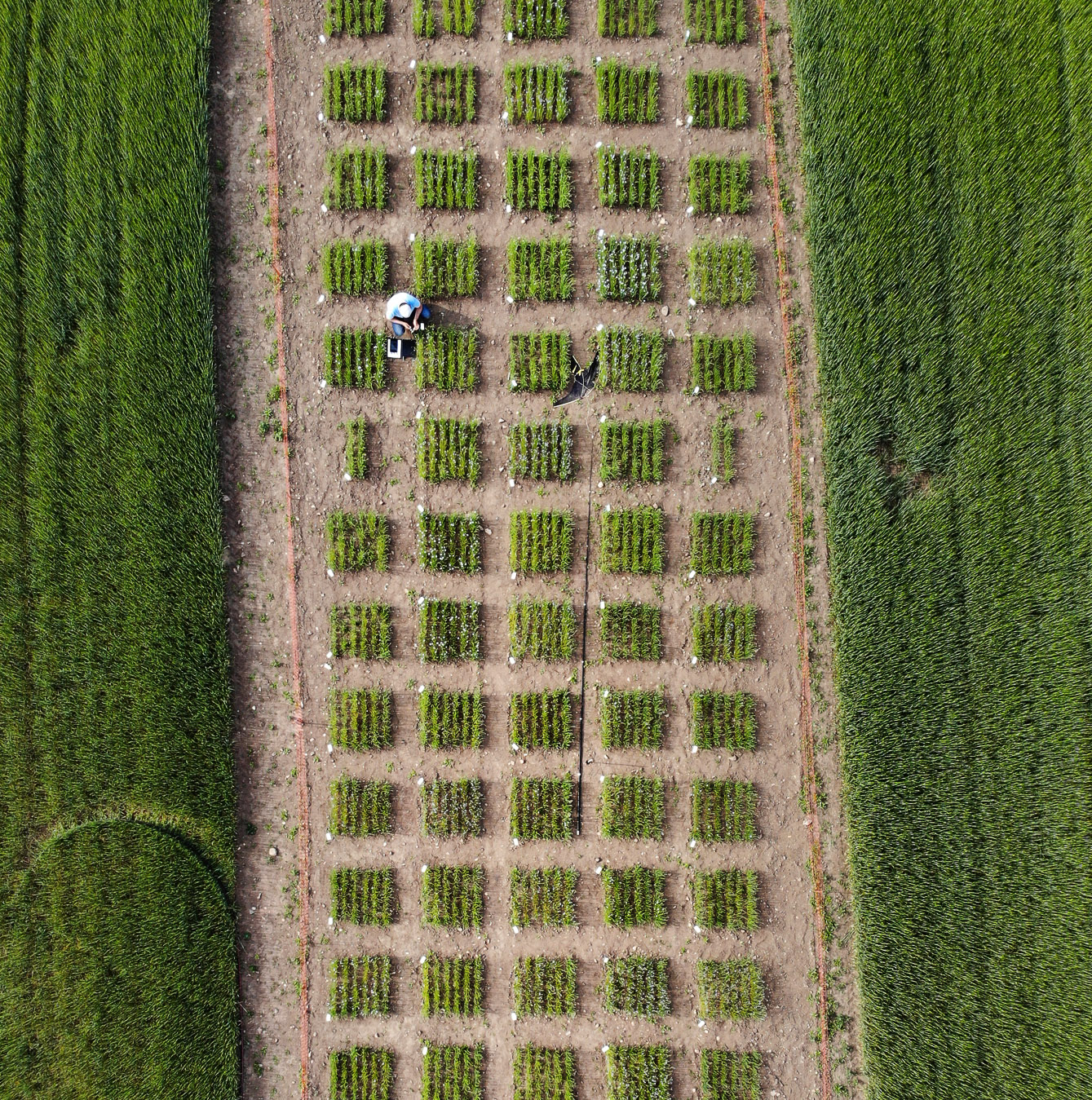
Nordic Horse Project “Hästnäring i Norden”
The role of Nordic horses has been pivotal and ever evolving, influenced by various social challenges. These challenges have significantly impacted the horse industry, particularly the usage of native breeds. Despite collaboration among the Nordic countries within the horse sector, there has been a notable gap in integrated data regarding the state of the sector across Nordics. The report generated by this project is, to our best knowledge, the first compilation of data from all the Nordic countries on the horse sector and aims to outline the existing gaps in the genetic resource's viewpoint.
NordGen led the information gathering for the “Breeding and genetic resources" segment with the aim of mapping the horse sector from the genetic resources standpoint. This initiative focused on collection critical data such as the total horse populations, breed demographics, intended uses of various breeds, and identifying key stakeholders. This segment provides a comprehensive overview of the conservation status and trends among the local horse breeds, thereby contributing valuable insights into their preservation and sustainable development.
